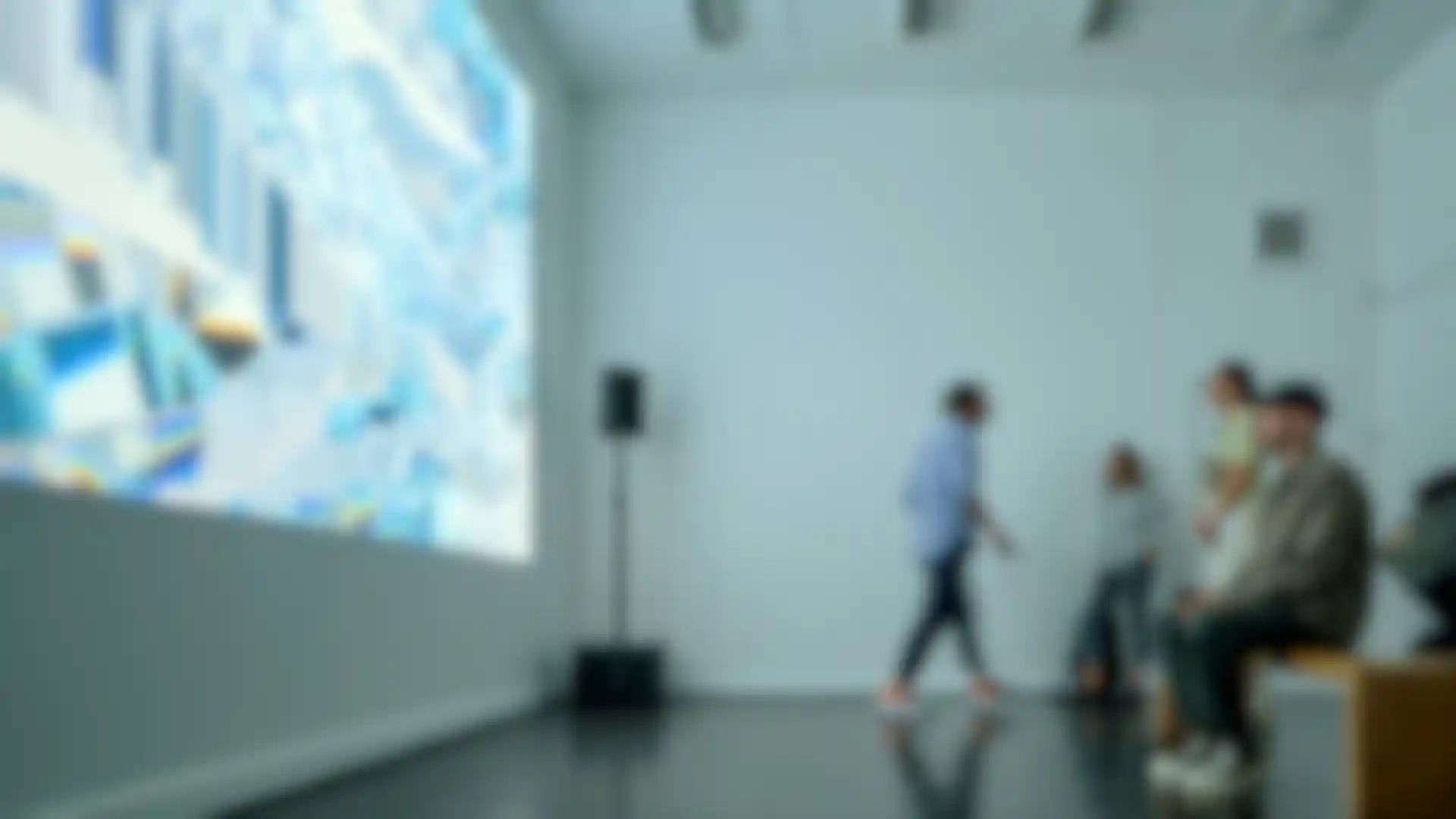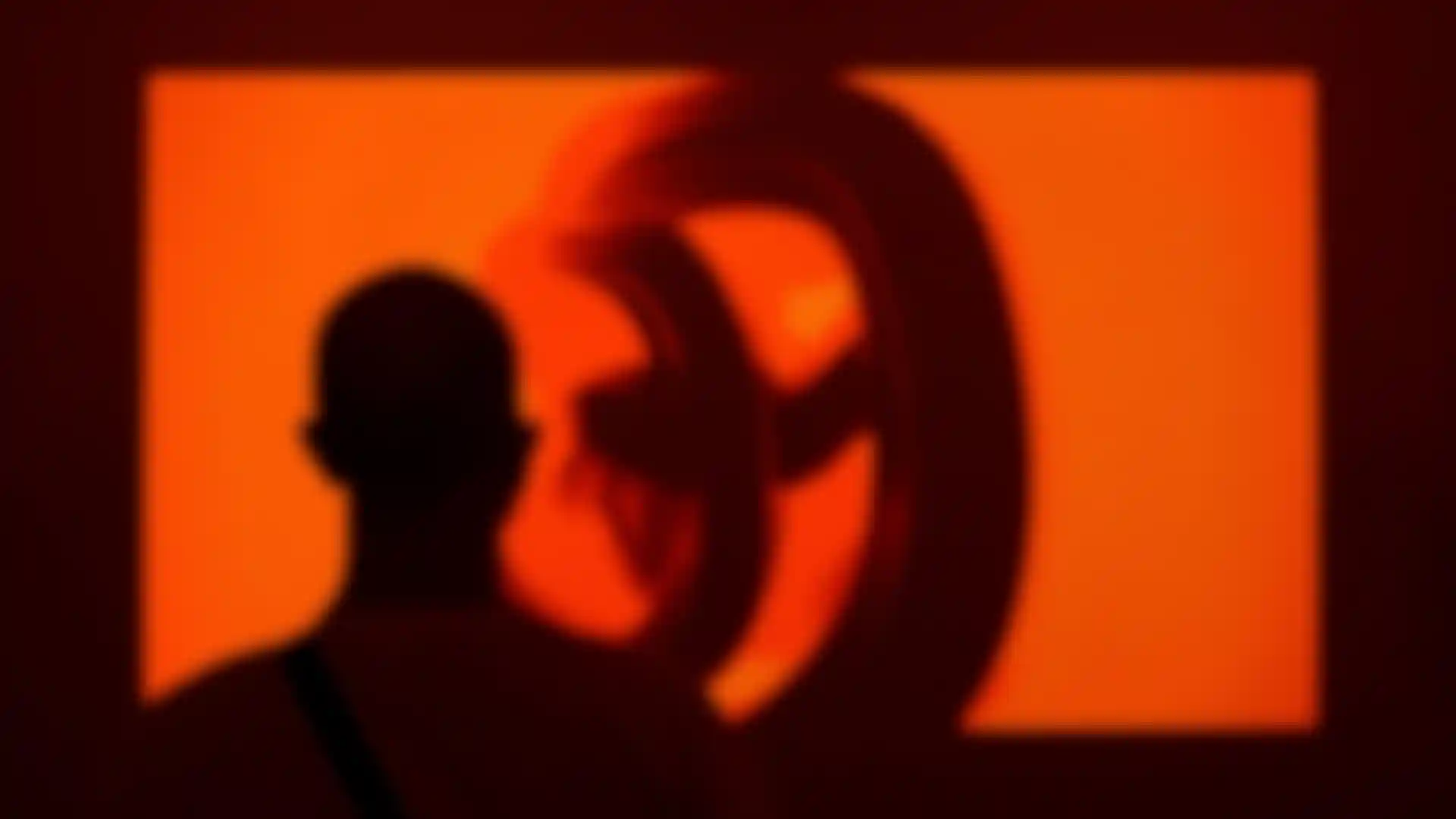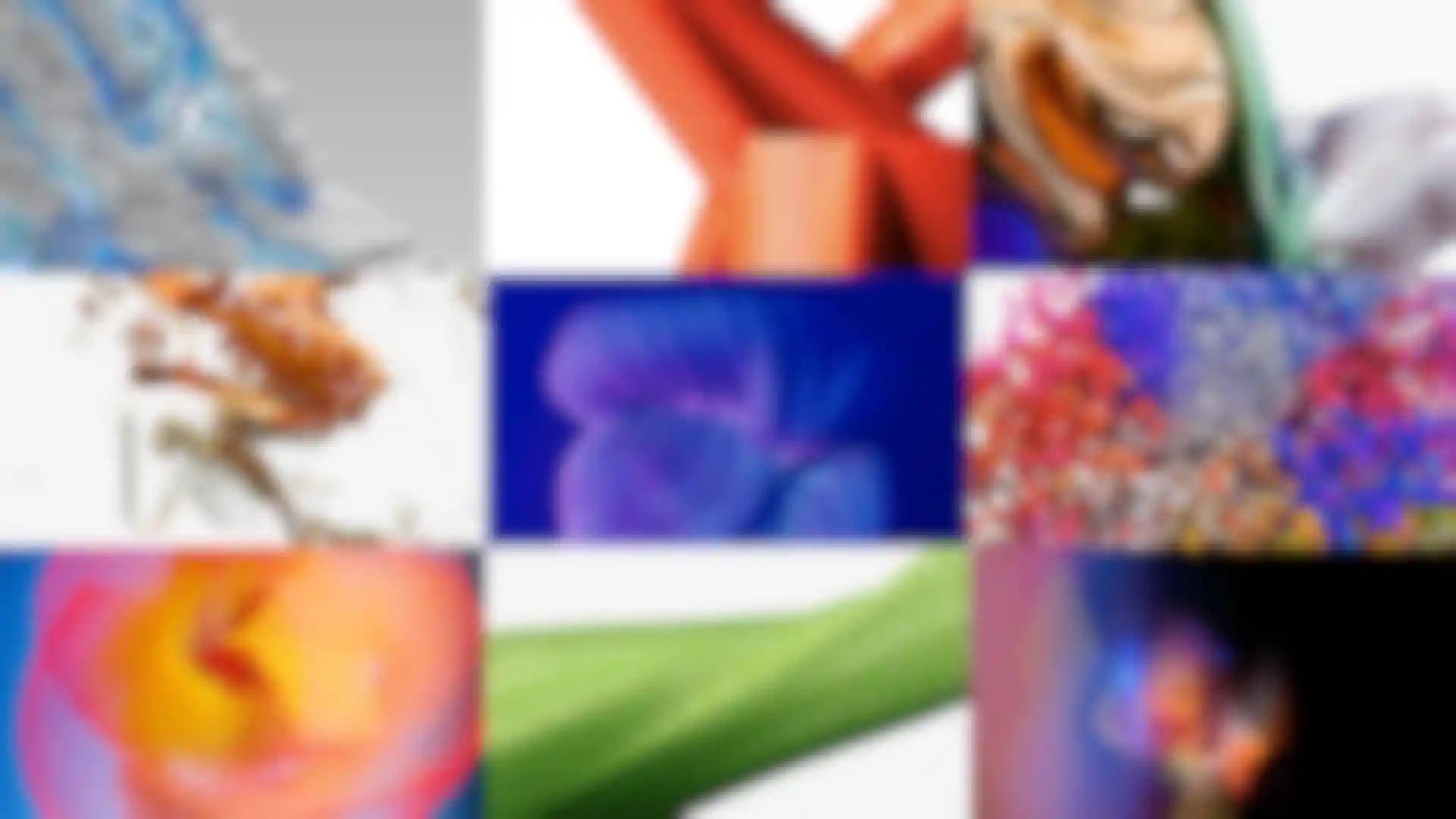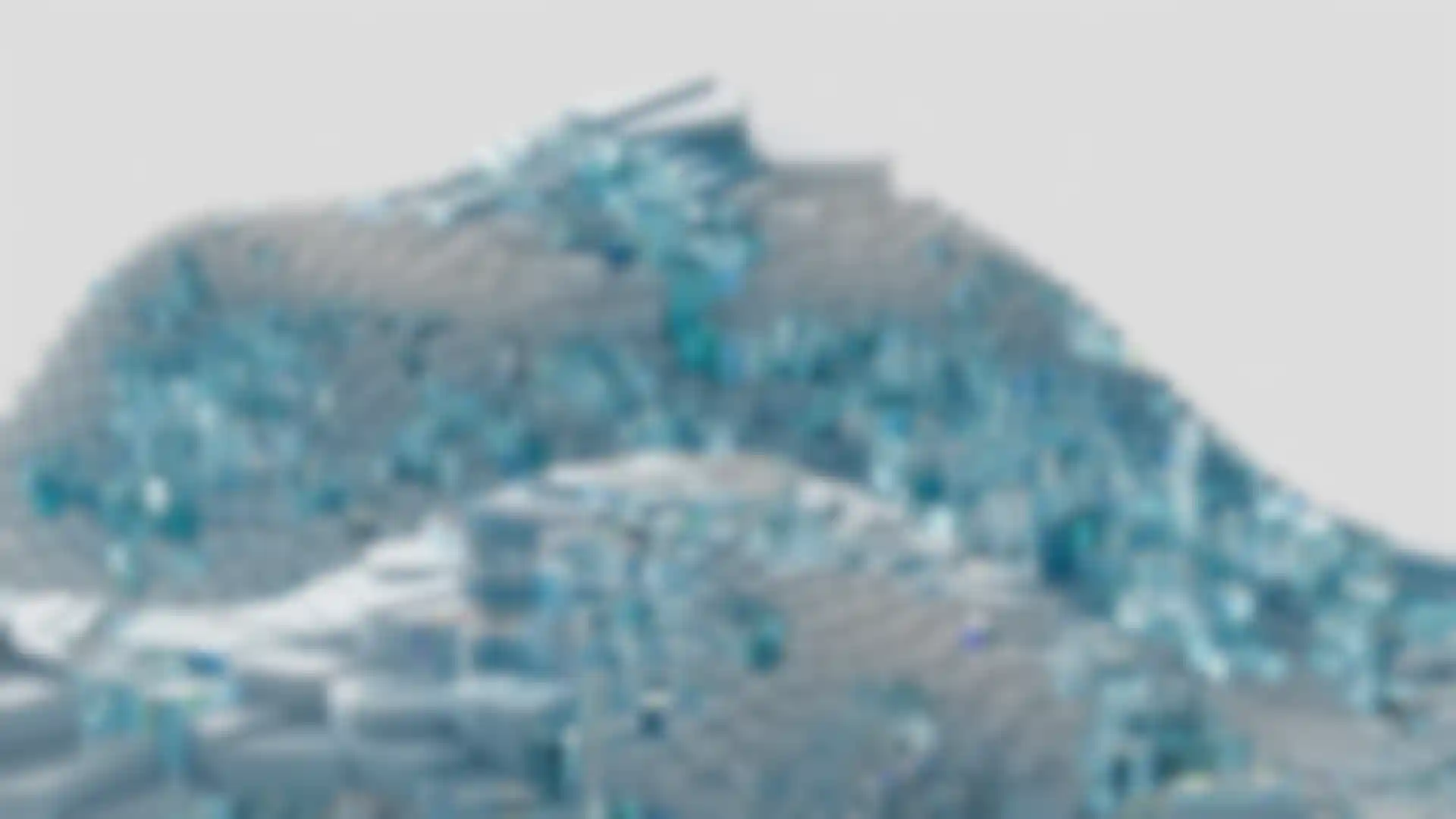
Exploring the ‘INVISIBLE’ How Found used Maxon One to showcase their research-driven creative approach.
“INVISIBLE” was conceived as an exhibition of digital artworks designed to reveal the hidden aspects of London-based Found’s research-driven practice. By exploring ways to visualize sensations and emotions, the project challenged the design team to use their tools in new ways and encouraged visitors to change their perception of everyday materials and designed products.
Creative Director Clayton Welham led the project, which required Found to unpack the invisible aspects of their process. Using Cinema 4D, Redshift, Houdini, After Effects and Premiere, the team created a series of animations that demonstrated how research leads to new applications of tools and techniques in visual communication.
Exhibited for one week in 2023 during the London Design Festival, “INVISIBLE” attracted over 600 visitors, as well as positive feedback that helped position Found as creative thinkers as much as creative makers.
Driven by Research
Found is an award-winning 3D design and animation studio. With its emphasis on “intelligent beauty,” the studio specializes in meticulously crafted content for brands in the luxury, technology, media, and product sectors, from Stella McCartney and Ralph Lauren to BBC, Apple, and Google.
Welham attributes Found’s success in large part to its research-driven approach, inspired by a fascination with how to represent the new, the intangible and the sensorial. “It informs the end product and outputs with a level of relevance and brand DNA built in from the start and enables us to deliver work that none of us could picture on day one.”


Visualizing Ideas
Organized into five connected chapters representing client briefs — Form and Fabrication, Materials and Magnification, Light and Illumination, Emotion and Feeling, and Senses – the content of “INVISIBLE” evolved to form a holistic picture of the thinking, building, and craft that go into Found’s work.
Welham also wanted to spotlight how the design team might visualize what an idea or product might feel like. “It was an opportunity to turn the tools we use every day, on every project to building a visual sensory layer in a way that you can’t do with a camera.”
New Ways of Representation
Cinema 4D and Redshift are the design team’s primary tools, and Welham felt it made sense to use their experience and knowledge to push into new expressive ways of representation. “This meant looking more at our process and the ideas we wanted to bring to life to create something unique and avoid software-led results.
Cinema 4D was used to calculate the depth of the physical specimen tables to create the illusion that the animated elements were ‘inside’ compartments when played back. “The physical aspect was a crucial part of the experience,” Welham explains. “Designed to conceal parts of the content, visitors were encouraged to move around the tables, engage from all angles, and discover the work in new ways.”
Discovering Details
Practically, the digital content needed to work at different scales, from large screens on walls to small table compartments. To maintain visual integrity, Topaz Lab’s Gigapixel was used to increase the resolution of the rendered Redshift HD footage to 4K, recalls Welham.
“We pushed the up-resing process to find what invisible aspects of our renders the process might reveal. Patterns, colors and textures that weren't present at 100 percent were suddenly uncovered, taking these applications from practical pipeline tools to creative mining devices.”


In practice, these tools and techniques helped the team create abstract visual representations of things generally taken for granted, like our sense of touch, or the discreet elements that make up flavor combinations.
“By creating bespoke textures and animation coupled with foley sound design of real-world materials, we were able to produce sequences that you just wanted to reach out and touch,” Welham says, adding that flavor and aromas were visualized as sequential experiences.
Innovation Ahead
Ultimately, the event aimed to ignite ideas in the audience by sharing insights into the conceptual side of Found’s world, increasing an understanding of the studio’s practice and the creative opportunities that thinking and research can offer.

Looking to the future, Welham is excited about the studio’s recently established innovation arm, which will bolster Found’s focus on research and development. “Taking risks is challenging, but it’s vital for our explorations to step beyond the trends we’re surrounded by and beyond where we might have gone before.”
Helena Swahn is a writer based in London, U.K.